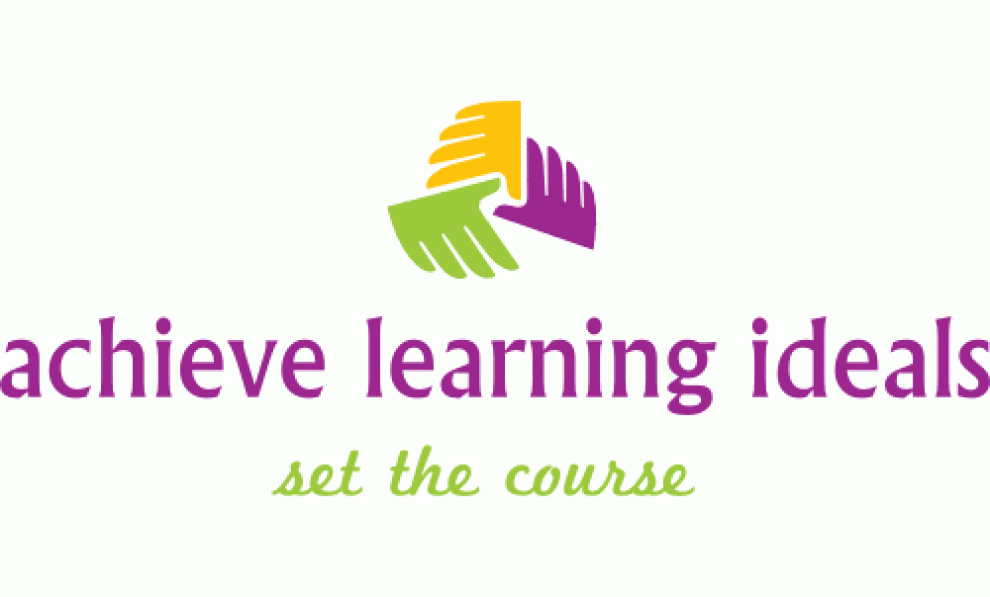A request came to elaborate on my last blog post, and clarify how a similar lesson was offered in different fashion to different students. The Topic was the “Chinese New Year” and I had mentioned in the last blog post how a couple of students questioned the widely used title for the holiday- feeling the title had ignored their place of birth and own celebrations.
Together we discussed how families celebrate holidays, and looked at the skeleton of a human body. The lesson moved on to talk about how skeletons may appear basically similar but the skin and outer garments of a person suggest both our similarities and our differences. Then, we created an outline for the holiday itself- the Lunar Calendar, and using a combination of graphic charts, Venn diagrams, and reference material, on and off line, were able to highlight how and where the material – reference material- differed from the student’s personal practical knowledge. His way of celebrating within his family- the specific traditions- became the focus of a written piece, the general traditions which appeared in common to the people of China and the other South Asian communities which we had looked up became affixed to a poster, and diagrams were extended to highlight how and where traditions may have changed, with reference to a timeline.
A simple question formed the basis of a full project, leading to a number of sessions while one aspect of inquiry encouraged deeper research and the review of geography plus history texts. Given that literacy involves more than the deciphering of words on a page, the project enhanced literacy and began to involve math as well. Statistics present in population charts, and cultural change over time brought us back to the present day, and the ways in which a topic may be extended. Another student not of South Asian background had grown curious and was given the task of sharing one of his family customs- provided similar effort at understanding background and connecting the personal to the global would be shared.
The students were of different ages and at different grade levels- the expectation then was for the project work to demonstrate their different understanding of “how much is enough” – by not setting a page limit or restricting the amount they could share, the students “created” work to share and were influenced by peer comments- questions and responses which I encouraged them to write down. This was not a full class project – other students were working on other activities. And it is only one example of how educators must become more open to what students may be asking, and when their students are craving some outside- of- routine work.
Much as I have put aside the assigned test prep packages and instead suggested articles in the Economist and other magazines to higher level students prepping for standardized tests, and saw the test scores of said students jump – it was a pleasure to see the interest in the younger students mentioned above, and to note that when the standardized tests were offered, these students scored high as well.
Students had been encouraged to look for patterns, and to develop a personal set of inquiry based responses to their readings. They were also encouraged to aim for accuracy over speed.
My personal pet wish: that the learning which goes into programming for students deemed “special ed”, be they remedial or gifted, would be training encouraged and expected for all new incoming teachers, so that differentiated instruction could become a part of programming across the board, and in large sized classes the movement among groups of students become more fluid. Students themselves quickly absorb attempts to stream, and note which tables they are seated at, which work they are given, and which level they are expected to participate at. Mind set and flow-two ideas that are meant to work together.

